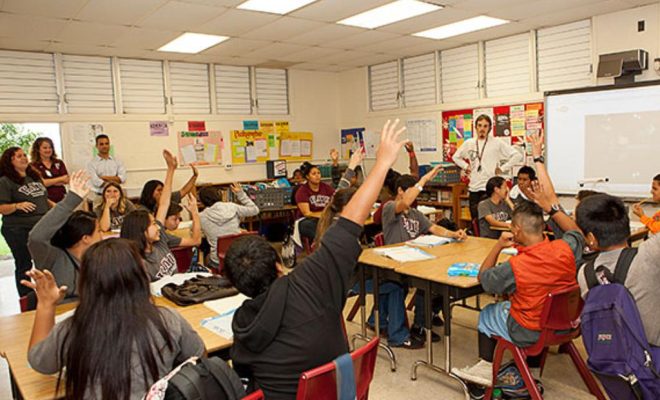How Saying “Times” When Teaching Multiplication Confuses Students

Introduction:
Multiplication is a fundamental mathematical operation that students encounter early in their academic journey. However, the terminology used to teach multiplication can sometimes cause confusion for students. One such term is “times,” which is commonly used when instructing students about multiplication. In this article, we will explore how saying “times” during multiplication lessons can confuse students and discuss alternative approaches to enhance understanding.
Body:
1. Ambiguity in Language:
When teaching multiplication, the use of the word “times” can introduce ambiguity into the learning process. Students may interpret “times” as a directive to perform a repeated addition rather than a true multiplication operation. This confusion can lead to fundamental misunderstandings and hinder their ability to grasp more advanced mathematical concepts.
2. Associating “times” with Addition:
The use of “times” can inadvertently create a connection between multiplication and addition in students’ minds. They may perceive multiplication as a mere extension of addition, overlooking its unique principles and properties. This misconception can impede their ability to learn multiplication tables, solve complex multiplication problems, and apply multiplication in real-life scenarios.
3. Abstract Representation:
Multiplication is a concept that involves abstract thinking, particularly when dealing with larger numbers or variables. The term “times” fails to capture the essence of multiplication as a scaling or grouping operation. Introducing a more precise language can help students develop a deeper understanding of multiplication as a fundamental mathematical concept.
4. Alternative Approaches:
To address the confusion caused by saying “times,” educators can employ alternative approaches to teach multiplication effectively. Here are some suggestions:
a. Emphasize Multiplicative Thinking: Focus on the concept of scaling and grouping objects to help students understand multiplication intuitively. Encourage discussions on arrays, equal groups, and area models to enhance their multiplicative thinking.
b. Use Mathematical Terminology: Instead of relying solely on the word “times,” introduce mathematical terms such as “multiply,” “product,” or “times as much as” to reinforce the true meaning of multiplication. Pairing these terms with relevant visual representations and real-life examples can solidify students’ understanding.
c. Connect Multiplication to Division: Highlight the relationship between multiplication and division to provide students with a holistic understanding of these operations. Demonstrating how multiplication can be used to solve division problems can clarify the purpose and significance of multiplication in everyday contexts.
Conclusion:
While saying “times” when teaching multiplication may be a widespread practice, it can inadvertently confuse students and hinder their mathematical progress. By adopting alternative approaches that emphasize the principles of multiplication and provide clearer language, educators can help students develop a solid foundation in this essential mathematical concept. Through effective teaching methods, we can empower students to confidently navigate the world of multiplication and apply it to real-world situations.

